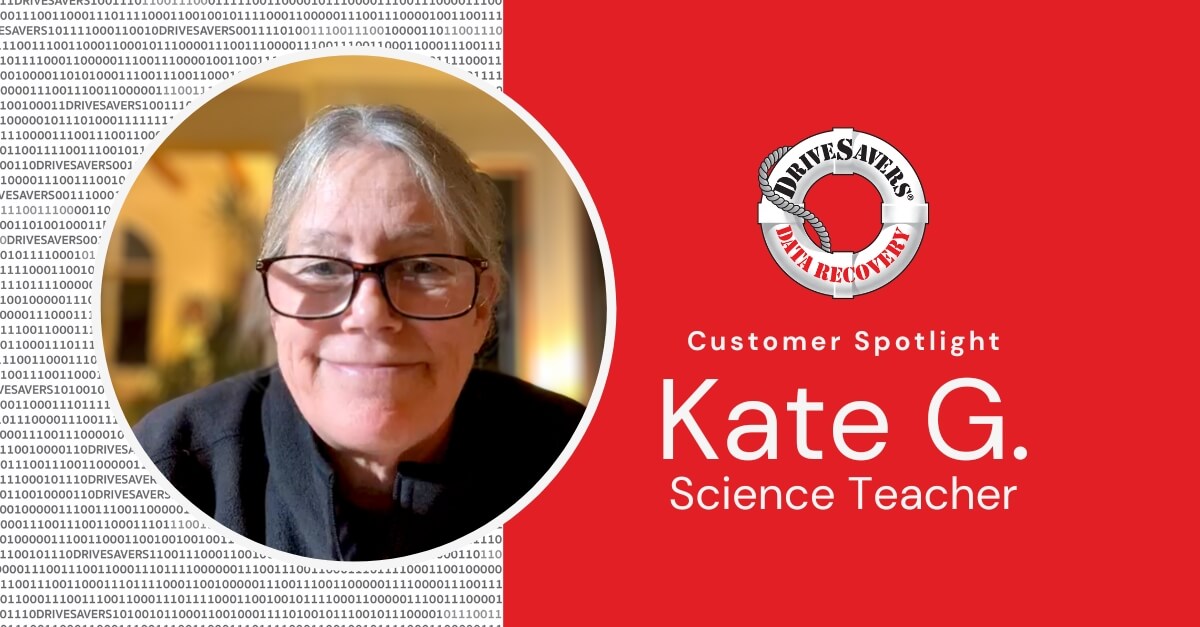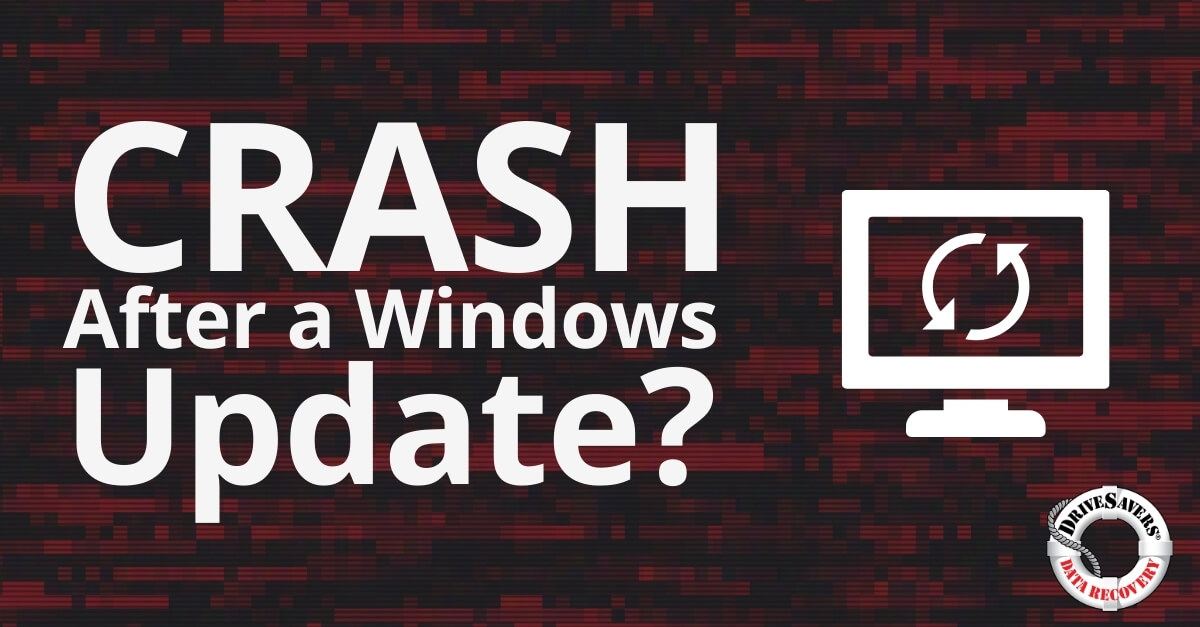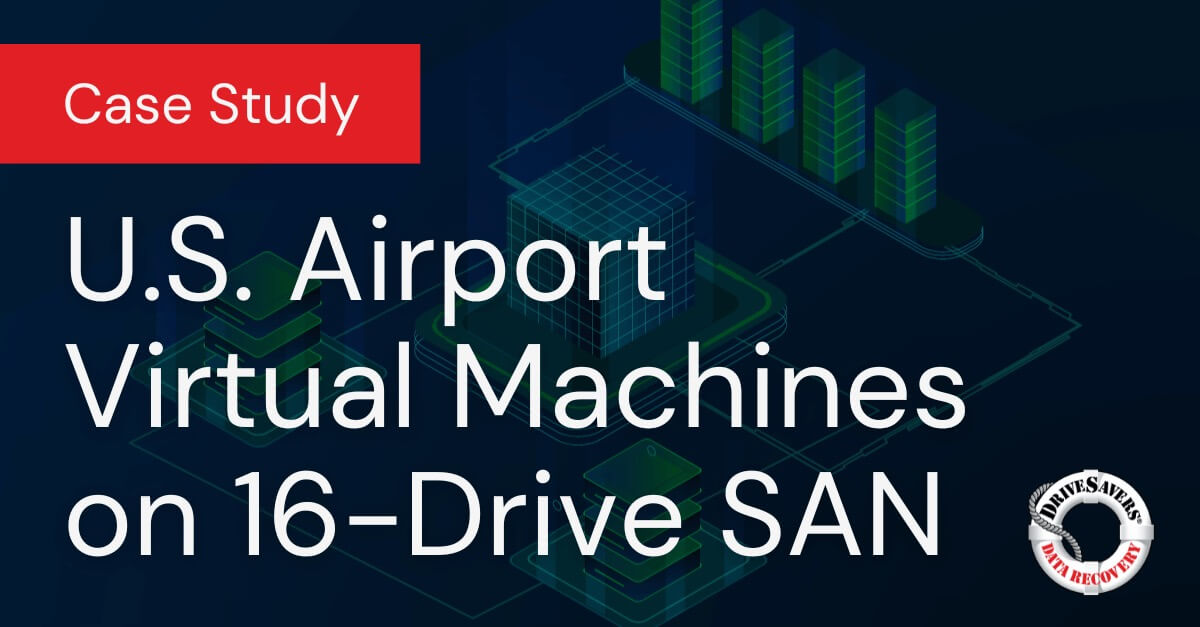Discover how DriveSavers recovered precious photos from Kate Grinberg's failed external hard drive.
Data Storage Methods: What Type of Data Storage Will Work For You?

Data storage methods
Shopping for a bag or purse that’s fit-for-purpose can quickly turn into a daunting task. Whether or not you have prior experience, you have to respect the decision-making process! Selecting a bag to serve the practical purpose of holding everything you need to carry isn’t easy. And for many, choosing the right handbag goes far beyond utility.
The same principle applies to deciding on data storage methods. With many different types of data storage and various data storage options, there are still many situations requiring the appropriate data storage solution. Selecting the right data storage technique for the right circumstance can be a challenging task.
To select the correct type of data storage, you should first understand the two main data storage options: direct-attached and network-attached.
Direct-attached storage is essentially the “old school” way. This type of data storage is physically attached to your machine, whether the data storage device is a simple external hard drive or a complex array of storage units across the hall. A direct-attached storage system is often more affordable but usually not as efficient as its network counterpart.
Network-attached storage isn’t physically attached to your computer but is accessible when you’re on the network. Many machines are on the same network and have access to the same data storage device(s). Network-attached storage is more expensive to set up but is usually worth the investment because it has enhanced security and increased efficiency.
Regardless of what data storage techniques or data storage types you decide on, there are multiple ways for you to save your information. Here are six data storage methods to consider.
Tape Drives
Tape drives may seem like a strange choice for 2021, but this data storage method is alive and well in many businesses today—and no wonder! Tape storage is both cheap and reliable. Digital tapes last a long time (about 30 years longer) and require minimal maintenance compared to their hard drive and solid-state counterparts.
Tape drives are a good data storage option for large quantities of data that don’t need to be readily available, like enterprise backups. While the tapes are affordable, the drives required to read their content are pretty expensive. Bear in mind long-term costs and tape storage options before adopting this type of data storage.
Hard Disk Drives (HDD)
Perhaps the most well-known among types of data storage, HDDs are ubiquitous data storage devices found in many everyday electronics. HDDs use an optical disk to store data and recall the information with a sensor to read and write data.
HDDs are measured in terms of size and computing speed, with most clocking in at about 5,400 to 7,000 RPM. The file read and write rate is decent, but the real benefit is the low up-front cost of HDDs. You can expect data stored via this method to last between three to five years
Solid-State Drives (SSD)
In recent years, SSDs have overtaken HDDs as the dominant force in personal data storage methods. Today, SSDs are found in most smart devices and computers because of their compact size and lightning speed.
SSDs use a series of flash memory to recall information far quicker than their HDD counterparts. They’re also more durable and last longer than HDDs as they have no moving parts vulnerable to damage. SSDs are a more expensive data storage device, but their longer lifespan justifies the investment.
Hybrid Flash Arrays
Hybrid flash arrays are a data storage method using HDDs and SSDs to balance performance. They combine the best of both data storage technology options by offering the low cost of an HDD and the efficiency of an SSD.
5D Data Storage
This up-and-coming data storage method uses fused quartz discs to encode data in three conventional dimensions (width, length, depth) and two optical dimensions. 5D uses an admittedly complicated process, and we’ll spare you the complex details. What’s important is this data storage technique packs a lot of power in a small package.
The tiny quartz discs can store a shocking 360TB of data. They also have unparalleled durability. 5D discs can survive at room temperature for billions of years. As you may have guessed, this new type of data storage is extremely expensive and not scalable for enterprise use… yet!
Cloud Storage
By design, this data storage method keeps your information in a virtual hard drive, so to speak, by allowing users to save their information in online portals. Cloud storage is highly versatile because users can access their data anywhere, even if they aren’t on their enterprise or home network.
Convenience aside, using types of storage like the cloud as an enterprise data storage technique poses some security issues. These companies take security seriously and do their best to mitigate risks. For example, the locations of many cloud storage facilities are a closely guarded secret. Still, the very nature of how cloud storage stores data makes the information more vulnerable to hostile actors and other online threats. Many businesses are understandably wary of using it as a primary data storage method.
Some users prefer to use this data storage option as a backup. If you use the cloud to back up your data, also save the information to different types of storage devices like an external hard drive to make sure you have a copy, no matter what.
If you’re having trouble accessing your data, you need the guidance of a qualified data recovery company to get your information back. Contact DriveSavers to recover data from any type of data storage.



